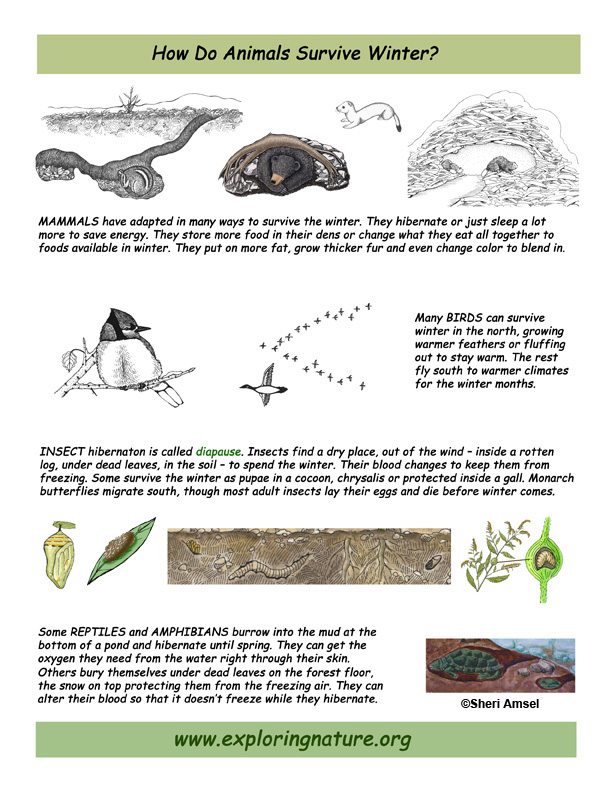
It’s small animals, like hedgehogs, bats, hamsters and squirrels who tend to be hibernators, for a number of reasons. This suggests that the same physiological processes are at play in overwintering bears as in hibernating animals.īears are not ‘typical’ hibernators in another way-they’re big. Nevertheless, the metabolic rates of bears during this time are comparable to those of other hibernators their heartrates slow to around just 4 beats per minute, and oxygen consumption drops by around 75 per cent, with the bears taking only one or two breaths per minute. For this reason, some people prefer to call it a ‘winter sleep’, rather than hibernation.

They can also move around, with mothers able to suckle their young-quite a contrast to the stiff, ‘frozen’ bodies of smaller hibernators. During their winter snooze, bears’ body temperatures remain relatively high, only dropping by about 5 degrees Celsius. Hibernation aficionados, however, disagree about whether bears actually hibernate. When winter sets in, the bears hole up in their dens and go without eating, drinking, exercising, urinating or defecating for as long as 100 days, waking up somewhat lighter but apparently none the worse for wear. They also prepare a special place to hibernate (a hibernaculum, if you want to get technical)-a den lined with leaves and twigs. Like many other hibernators, they pig out in the warmer months, gaining up to 13 kilos a week on carb-rich berries and other food. When we think of a ‘typical’ picture of hibernation, many of us tend to think of bears snuggling down for the winter, such as the famous American black bear. In addition, while animals who go into daily torpor wake up and forage or feed in the usual way, hibernating animals either feed off their body fat or on specially stored food. Hibernation differs from daily torpor in that it usually involves much lower body temperatures and metabolic rates, and is often seasonal.
Migrate and hibernate animals series#
So how does this relate to hibernation? Well, hibernation is essentially a series of bouts of torpor that each last for many days. In fact, many birds enter daily (or nightly) torpor, including kingfishers and owls, as do many small mammals.

Tawny frogmouths are an example. The largest bird known to employ torpor, it goes into this energy-saving state at night or in the early morning, especially on cold winter days, between which it feeds and functions as usual. Tawny frogmouths go into an enery-saving state known as torpor each day.

Animals that are able to adjust their (base) body temperature and metabolism in this way are known as (take a deep breath) heterothermic endotherms. The body temperature is set at a new, lower point. During torpor, physiological processes, like breathing and heart rate, slow down. So, in order to survive, many endothermic animals go into what’s known as a state of ‘torpor’. This can be a challenge when freezing weather comes along or when food is scarce. Endotherms, by contrast, can warm themselves up by producing heat metabolically and by shivering, for example.īut for endotherms to be able to regulate their temperature, they need enough fuel to burn-in other words, they need enough food to counter the effects of cold. On the other hand, ectotherms are more reliant on environmental conditions: a lizard, for example, can only warm up from a cold spell if heat from an external source, like the sun, is applied. In some ways, being ectothermic is an advantage-it means you don’t waste energy regulating your body temperature, and therefore don’t need so many nutrients. However, this distinction can be a bit misleading, since some fish, reptiles and insects are actually fully or partially endothermic. In everyday language, we tend to make a distinction between ‘cold-blooded’ animals, and think of things like snakes and lizards, and ‘warm-blooded’ animals, like mammals and birds. Endotherms, by contrast, can regulate their own body temperature by generating internal heat (by combusting fuels). To understand why they might need to do this, let’s take a step back and look at the difference between endothermic and ectothermic organisms.Įctothermic animals are those whose body temperature depends on the ambient temperature. And here we get to the reason why animals hibernate: reducing their metabolism allows them to conserve energy. When hibernating, an animal’s metabolism slows significantly: its heartbeat slows, it breathes more slowly (some animals even stop breathing for periods of over an hour) and its body temperature drops-in some extreme cases to below the freezing point of water (zero degrees Celsius).

While there are physiological changes associated with sleep (such as slowed breathing and heart rate), they are not nearly as dramatic or significant as those which occur during hibernation.


 0 kommentar(er)
0 kommentar(er)
